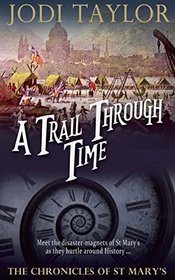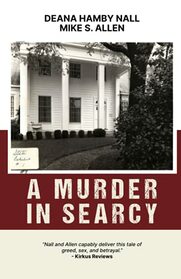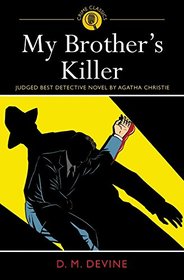The Colosseum by Keith Hopkins and Mary Beard
Review by jjares
This book discusses every aspect of the Colosseum, from how many gladiators were killed in an average year to how the Colosseum was built initially vs. remodeled. With so few records remaining, it is difficult to understand the number of gladiator deaths. However, the authors scraped together every scrap of information to write their book.
First, the gladiator movies are just that — someone’s idea of how they occurred in Rome. But no one knows for sure. After extensive research, the authors believe gladiator matches were less common than in the movies. They determined that famous gladiators probably fought twice each year. For several reasons, gladiators cost a lot to train and keep healthy. In addition, Rome taxed the gladiators’ owners heavily.
The authors estimate that 8000 gladiators died yearly (throughout the Empire). They mention that killing that many healthy young men had to have depleted the military over time. Although the gladiators were not in the military, young men were selected to become gladiators at about 17. This reduced the number available to join the military.
The authors discuss the placement of different classes of Roman citizens in the Colosseum. First, of course, the nobles, senators, and knights sat nearest to the Emperor. Although the shows were free to Roman citizens, lower-class people sat further away from the action.
After research, the authors conclude that the events were not as frequent or wild as movies indicate. It was so expensive to put on these events that only the Emperor or wealthy nobles could foot the bill for these extravaganzas. Then, they turned their attention to the wild animal hunting in the Colosseum. Again, the authors found that animal killings weren’t as common as movies portray. It was expensive and time-consuming to bring wild animals to Rome. To spend so much money and immediately kill the animals seemed counterintuitive to the authors.
However, I’d like to skip over to the killing of the Christians in the Colosseum. The authors found no record of Christians being eaten in the Colosseum. None. However, the Christians developed a writing genre to celebrate martyrs. Early Christians told stories about animals tearing brave souls apart while the Christians prayed to God.
The final chapter was interesting because the authors studied how the Colosseum changed over the generations. Separate groups caused these changes. First, after the fall of Rome, the Colosseum fell into disuse. A variety of folks took up living and working in the building. Then, the papacy earned money by selling off cartloads of the Colosseum’s detritus (valuable exterior travertine and concrete). This continued for hundreds of years.
The second group was the Christians. By the Middle Ages, hundreds of stories of slain martyrs had been written, and the Christians claimed that the Colosseum should be saved for its Christian significance (even though there are no actual primary source accounts to substantiate this). Thereupon, the Pope and various Christian groups did restoration work.
The next groups to demand the Colosseum for their use were the archaeologists and botanists. From 1870 on, archaeologists excavated the floor and subfloors until rain collected at the base of the Colosseum and called a stop to their study. But the most unique group has to be the botanists. Over the centuries, over 400 different fauna species took hold in the Colosseum. It is thought the seeds were in the coats of wild animals! After the excavations by the archaeologists, almost 200 species were lost. However, despite the neglect, so many plants survived in the Colosseum. Many of them were not naturally found in Italy.
This book vacillated between fascinating and boring. However, I did learn that the Colosseum is elliptical in shape (not round) and is renowned as the largest amphitheater in the world. It is also one of the Seven New Wonders of the World.








